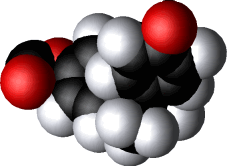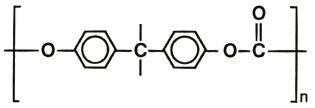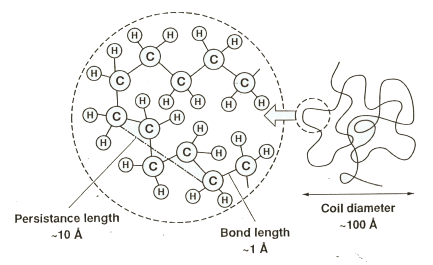Simulations using Coarse-Grained Models
|
Bond
Fluctuation Model
|
|
The simulation of dense macromolecular systems is virtually impossible if
one takes into account all degrees of freedom and interactions of a chemically-realistic
chain. It is therfore imperative to reduce the complexity to make the simulation a
tractable approach. This reduction of the complexity of the model is called the coarse-graining
of the model. In the coarse-grained approach the detailed chemistry enters only in the
derivation of the potential between new interacting units. In this presentation I will
introduce two methods to reduce the computational complexity: A lattice model
and a model in continuous space will be presented. |
 |
To present the models along with an application to a specific material, we
describe the approach for the Bisphenol-A-Polycarbonate (BPA-PC). |
|
 |
 |
|
Coarse-graining eliminates out those degrees of freedom that enter into
macroscopic properties only through their cooperative effect and substitutes them for
effective degrees of freedom. |
 |
|
 |


